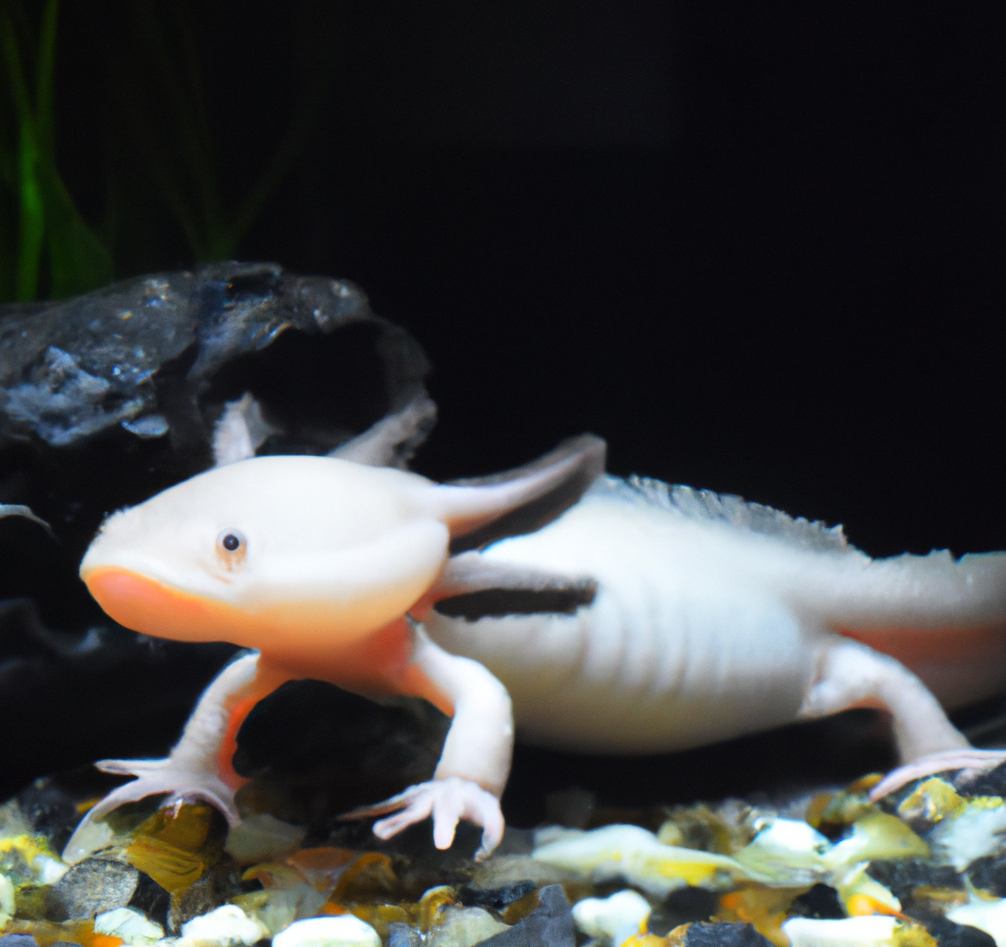
Axolotls, also known as Mexican walking fish, are a unique species of salamander that have captivated scientists and enthusiasts for decades. These amphibians are native to the lakes of Xochimilco near Mexico City, but can also be found in the wild in other parts of Mexico. Axolotls are most well-known for their ability to regenerate lost body parts, a characteristic that has made them popular subjects of research in the field of regenerative medicine.
One of the most unique things about axolotls is that they are neotenic, meaning that they retain their juvenile characteristics as adults. This means that they have gills and fins, like a tadpole, and do not undergo metamorphosis like other salamanders. This is thought to be an adaptation to the highly oxygenated and murky waters of their native habitat.
Axolotls are also fascinating to observe in terms of their behavior. They are not particularly fast swimmers, but they are stealthy predators that can capture small fish and crustaceans with their powerful jaws and sharp teeth. They are also known to be quite docile and can be kept as pets, although they do require a specialized habitat and diet.
In terms of their biology, axolotls are known for their incredible regenerative abilities. They can regenerate lost limbs, spinal cord, heart, and even parts of their brain. The mechanism behind this ability is still not fully understood, but scientists believe that it may involve the activation of certain genes and signaling pathways that promote cell proliferation and differentiation. This ability is of great interest to scientists studying regenerative medicine, as it could potentially lead to new treatments for human injuries and diseases.
Despite their unique characteristics and importance in scientific research, wild axolotls are facing extinction due to habitat loss and introduction of non-native species. Efforts are being made to protect and conserve wild axolotls, including breeding programs and reintroduction into their natural habitats.
Overall, axolotls are truly fascinating creatures that offer a glimpse into the intricacies of biology and evolution. Their unique characteristics and regenerative abilities have made them valuable subjects of scientific research, and their beauty and behavior make them captivating to observe in the wild or in captivity.
